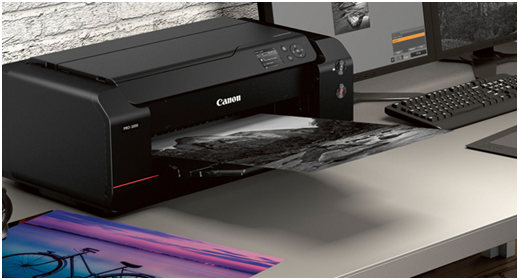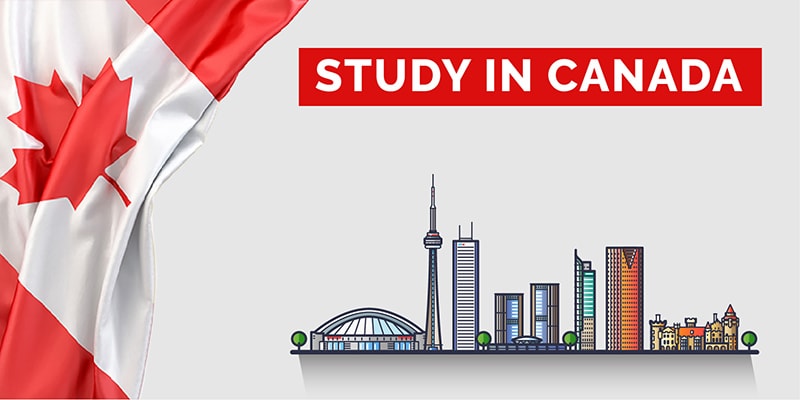Here is a guide that covers a variety of topics in the field of writing stories such as novels and short stories. The guide includes things that belong to the fictional narrative: narrative structure, character portrayal, perspectives and other areas of narrative technique and Order Essay Online Cheap.
The structure of the Novel story and the dramaturgical phases
There are virtually no novels that culminate in events in the introduction and then offer fewer and fewer dramatic elements. Apart from the fact that this is not in the nature of the story, readers do not appreciate such an approach, while it leads to interest declining instead of increasing.
Rather, the opposite is true of stories: whether they are novels or feature films, they tend to escalate gradually to culminate towards the end. It is in the end that it is revealed who the killer is or that the burning conflict in a psychological drama is completely resolved et cetera.
There are recognizable phases in the structures of stories. A classic model can look like this:
- Exposition (the main characters are presented and a grant lays the foundation for the story to be told).
- Rise (a conflict arises and the story is given a clearer direction).
- Escalation (events take turns faster and in the case of the detective genre, the tension escalates).
- Climax (the story culminates in a “final” where it gets its final resolution. All open threads should by this time be tied together – sometimes there are open ends where the narrator chooses not to explain everything).
- Rounding off (some novels end immediately after the climax, but it is common for the story to slow down and the reader to find out the immediate and / or long-term consequences of the drama’s resolution).
Exactly how widespread each phase is is something that the author himself decides. The important thing is that there is a development during the course of the story to maintain interest. (In terms of scope, a novel contains on average about 50,000 words.)
To start a book
There are lots of ways to start a novel. The best tip here is probably to study a number of books and their introductory chapters.
In general, a novel should not be too sluggish. The introduction is something of a critical stage because the reader may not have decided yet whether he intends to continue reading or not. Some solve this by using the method called “in media res” which means that the story takes over in the middle of the action. It does not have to be wrong to introduce the document from the beginning, but it is important that there are interesting components in the text.
The introduction and first chapter of a book is something that many authors file extra long-on. It is important both to convince any publishers when reviewing scripts and readers that this is a book worth reading.
To begin a new chapter
How then does a new chapter begin? A classic grip is “The years went by …”; it is of course out of date today, but the method is preserved in some form.
An example from Klas Östergren’s novel Gentlemen: “The first week of June started very well. It was glorious weather and the whole of Stockholm was blowing in the heatwave, the cafés’ sidewalk tables were full and …” Here a place and its atmosphere is established through a scene.
Omniscient or suggestive?
In novels from previous centuries, it was common to have a so-called omniscient narrator, which means that the author allows the narrator’s voice to have access to “all information” (incl. The characters’ thoughts, intentions, and actions).
During the 20th century, it became common for more and more to be simply hinted at instead of being conveyed directly to the reader. Worth mentioning is Ernest Hemingway who introduced what has been called “iceberg technology”. What the reader found out in plain text was just the tip of the iceberg while the rest could be sensed, but was never said outright.
Few of today’s writers tend to be as sleepy as Hemingway when it comes to how much is said directly, but it is common for them to say a lot indirectly and not use an omniscient narrator.
A common motto when it comes to instructing those who will write fictional stories is: “Do not say it, show .” This means that the author should portray events where the people’s feelings and driving forces emerge via lines, reactions and other grips instead of letting a narrator’s voice explain everything.
I-form or third person?
There are two main perspectives an author can use to convey the content of his book. It happens either in self-form or in the third person.
By I-form is meant that the perspective is based on the narrator’s voice in the form of an ego (note that this does not necessarily mean that it is the author himself who speaks). In a novel written in the third person, it is a male or female who is the main character.
Nothing is better or worse in general, but one form may be more suitable depending on what kind of story it is. As a rule, the same perspective should be used throughout. Exceptions may occur, but must in that case be made as a deliberate narrative approach.
Novel dialogue and its forms
Dialogues are conversations between two or more people and such are mostly included in works of fiction. There are different ways of writing dialogues and in terms of form it usually varies between direct and indirect speech.
Direct speech is to reproduce what someone says word for word and this is done purely typographically by using speech minus or quotation marks:
– Do you want to come with me to the summer cottage, she asked.
– Yes, he replied.
Or…
“Do you want to come with me to the summer cottage?” She asked.
“Yes,” he replied.
With indirect quotation, it is clear what someone has said by the narrator’s voice reproducing it as part of the current story:
She asked if he wanted to come with him to the summer cottage. Yes, he would.
Note that a mixed form with both direct and indirect speech is also possible.
To think about is the dialogue attribution (who speaks). The reader should preferably not be unsure of who is saying something, but at the same time the suffix “sa X” can be annoying if it occurs too often.
A common piece of advice is to avoid, or at least not overuse, adverbs that describe situations related to remarks. Examples: “etIt’s really sad´, she said compassionately” or “´It’s like damn´,” he exclaimed angrily. This can be categorized as an overly clear design.
The need for variation
We have just dealt with some basic aspects of dialogue and dialogue is something that a narrator can use to introduce variation in the novel or short story. Too long shocks of a narrator’s voice that spills over into all sorts of things will in the long run be stressful for many readers. Therefore, it may sometimes be necessary to postpone a reply change (it may also be something else such as a letter).
Conversely, in the case of a long dialogue, variation may be needed in the form of the narrator’s voice interfering somewhat. The same applies to monologues where a person has to present something that requires a lot of text. In these cases, the monologue may from time to time be interrupted by shorter interventions of external events (this may be something trivial such as the author mentioning that the person performing the monologue takes a sip from a drinking glass or that something is happening in the surroundings).
Novel Personal descriptions
Describing a person in the story can be done through descriptions in the general narrative text or in connection with dialogues. It can be done in detail or sketchily.
Sometimes it can be in place with pure appearance descriptions while other times it is only told about inner characteristics. Advantageously, personal drawings can be made by showing a specific characteristic combined with a description of the appearance:
- Under the weekly forehead rested a tired look …
- There was a precocious expression around her red-painted lips …
- The boldness faded in the half-closed, but big eyes …
How detailed the description that is made should be weighed against how prominent the person’s role is in the story. Making long personal descriptions of every single person who appears in a novel is usually superfluous.
Environmental descriptions
If personal descriptions include internal and external features, environmental descriptions can be divided between pure detailed descriptions and descriptions of feelings that the environment contributes to.
When an environmental description is inserted, it can advantageously be done through notifications from the book’s people. It is often more natural to start an environmental description in the style of “X’s interest was captured by all the details of the room with …” than “The room that X stepped into had many details with …”.
To concentrate and shorten events
Writing a novel is not about following a timeline and making a summary of what happens every hour or day. An author must concentrate on individual events and in between shorten the events. The story becomes clearer when the reported events reinforce the course of events.
It is uninteresting to follow the main character in the grocery store (if nothing unexpected happens), when he eats (if nothing unexpected happens), when he watches TV (if nothing unexpected happens), and so on. In order to captivate the reader and ensure that the action moves forward, the author should stay at the “transport distances” for as short a time as possible.
I fell asleep and when I woke up Bill was packing.
The transport route sleep-night-day-wake-up is only half a sentence and the other half of the sentence already takes us to the next event. The example is taken from Ernest Hemingways And the sun has its way.
So the train left Sunne; the landscape flowed straight through Aaron. Day after day he sat completely still. It was raining over Germany, it was night in Switzerland, it was suddenly clear morning över
It is clear that the author considers the described train journey as merely a transport route in the story, but in order not to completely omit the external conditions for the reader, he explains these in an effective way. The example is from Göran Tunström ‘s Christmas Oratorio .
Sometimes the events that the author wants to cover are longer, maybe a couple of weeks or months. A typical situation applies when the main characters do not encounter an important supporting character for a while. To happen to encounter this person again within a short time may seem unnatural, but at the same time, the supporting character is important for the development of the plot to pick up speed again. What to do? A very common approach is to start a chapter with something like: “I did not encounter X again and the days passed (blah, blah, blah)” and a few lines or a few pieces are felled before the thread is picked up again: “One day called it was on the door and when I opened it, X was standing there. “
Vocabulary – balance between eloquence and credibility
An author should have a rich vocabulary, though that is not to say that he has to show every corner of it to his readers. Far more important than offering impressive eloquence is maintaining the credibility of the story.
If the book’s main character is a police commissioner, he should not speak like a professor of linguistics. An excessive degree of spoken language is also not recommended as it can lower the reading experience overall. It is thus important to find a balance.




